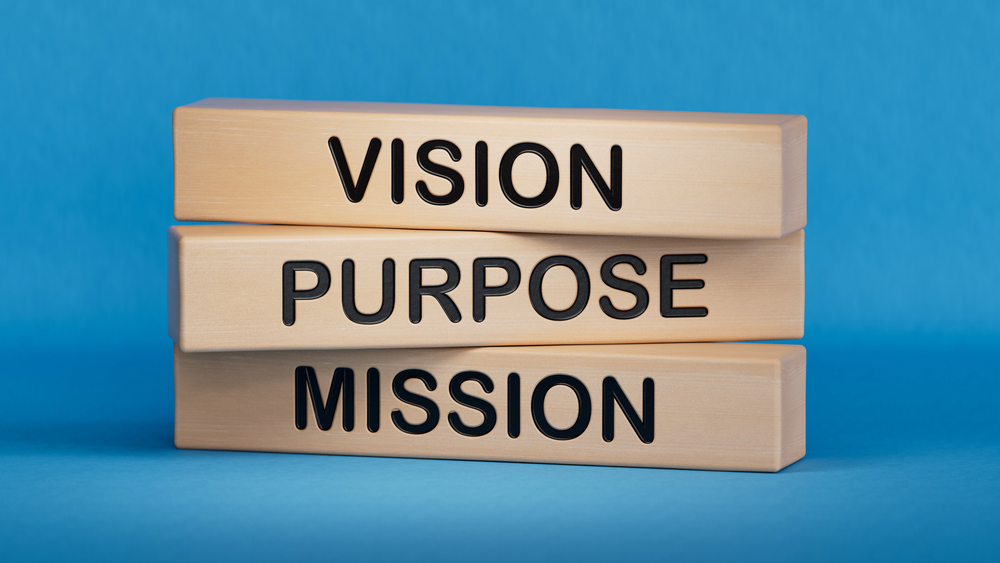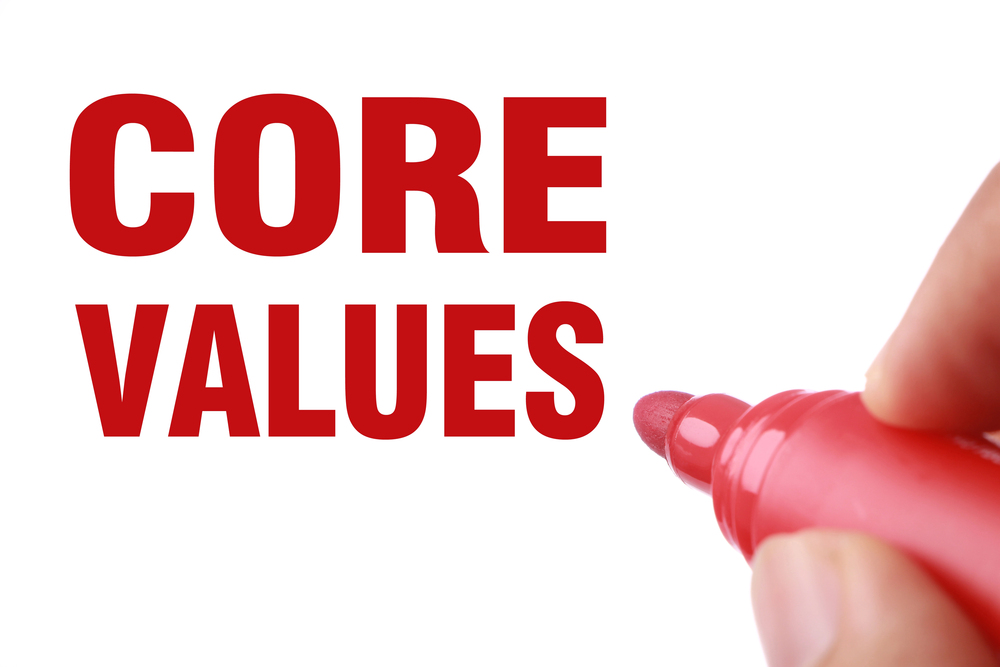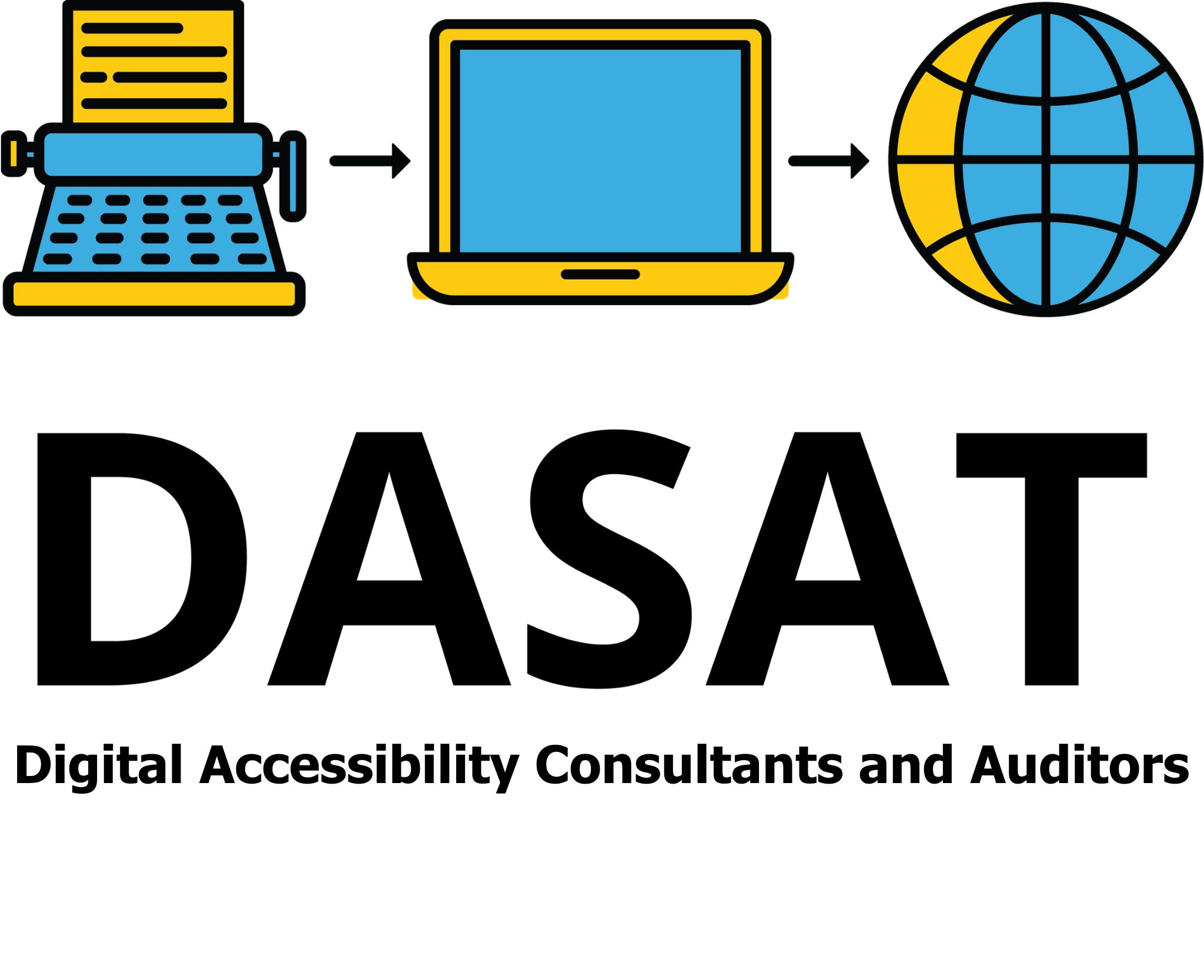Digital Accessibility: Foundation of Inclusive Communication
Communication that is digitally accessible is more than just a technical consideration. It’s a human right. Our passion for this work comes from a desire to help others, to ensure that no one is left behind in the digital world. At the heart of what we do is a simple and powerful guiding principle: everyone has the right to communicate independently. This belief drives every decision, every conversation, and every service we provide.

The Growing Need for Digital Accessibility
We live in an increasingly digital society, where communication, services, and opportunities often begin, and sometimes end, online. Yet for many individuals with disabilities, the digital environment is not designed with them in mind. This exclusion isn’t always intentional, but its effects are very real.
As of 2022, 5.5 million people in Australia live with a disability—about 21.4% of the total population (Australian Bureau of Statistics). Disability becomes more prevalent with age, with over half of Australians aged 65 or older experiencing some form of disability (Australian Bureau of Statistics).
Despite the progress we’ve made, many digital resources remain inaccessible. This is even more pressing considering that over 60% of Australians with a disability use assistive technology such as screen readers, text-to-speech, and speech-to-text tools to access information online. This makes it vital that digital spaces are built to accommodate these tools.

Digital Documents and Accessibility Challenges
However, it’s not just websites and apps where accessibility falls short. Digital documents, including PDFs, Word files, and forms, also present major challenges. Many of these documents fail to meet basic accessibility standards, making it difficult for people with disabilities to interact with content effectively. Think about those insurance forms or rental agreements and government forms. It takes away our independence.
Globally, the situation with digital documents is just as troubling. A study of 20,000 scholarly PDFs found that less than 3.2% satisfied full accessibility criteria, while the majority failed to meet basic standards (arXiv). While this data is not specific to Australia, it highlights a widespread issue with digital content across the board, from government reports to academic papers to corporate publications.

Our Vision, Purpose
and Mission
Our vision is to raise awareness of the critical role of accessibility for all members of the community. Not just developers or content creators, but business leaders, educators, marketers, and beyond. Accessibility is not a checkbox; it is part of the way that we communicate.
Our purpose is to create a community where accessibility becomes part of the standard operating procedure for everyone. Imagine a world where accessibility is not an afterthought, but an expectation. baked into every process, from website design to email communication to social media posts. We’re building that world, step by step.
Our mission is clear: to help our clients broaden their reach and deepen their impact by making accessibility a key part of their strategy. Through comprehensive training and practical support, we help organizations upgrade all forms of communication to be inclusive and accessible to everyone, regardless of ability. When our clients embrace accessibility, they don’t just comply with guidelines. They open doors to new audiences, ideas, and opportunities.

Core Values that
Drive Us
Everything we do is based on our core values:
- Accessibility – because inclusion is non-negotiable.
- Communication – because everyone deserves to be heard and understood.
- Ease of Access – because the best solutions are intuitive and seamless.
- Applied Innovation – because technology should serve everyone.
- Knowledge – because change begins with understanding.
- Reveal the Invisible – because barriers often go unnoticed until someone points them out—and we aim to be that someone.

The Future:
AI and Accessibility
Artificial intelligence (AI) might replace the accessibility tools that are currently being used in the future. However, AI can’t replace assistive technology tools at the present time. While AI is making strides in improving accessibility, assistive technology like screen readers, alternative input devices, and text-to-speech tools remain essential for ensuring digital accessibility for people with disabilities.

Take Action Today
For me, digital accessibility is not just a job. It’s about empowering others, creating equitable spaces, and challenging the status quo. It’s about revealing the invisible obstacles that stand in the way of full participation and then dismantling them, one by one.
Accessibility is not a favour we do for others. It’s a standard we uphold for all.
Think about the last time you tried to access a website or document that was difficult to navigate. How would you feel if that was your daily experience?
If you’re a developer, designer, or business owner, consider how your work impacts those with disabilities and take action. Small changes can make a big difference.
Start by reviewing your website or digital content for accessibility issues. Try using your website with a keyboard only. If you’re unsure, reach out for guidance—we’re here to help. Let’s take action today to ensure everyone can access and engage with your digital content. For more tips on improving digital accessibility, check out our comprehensive accessibility training program.

